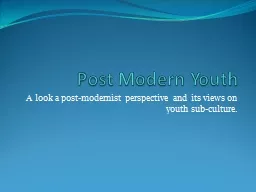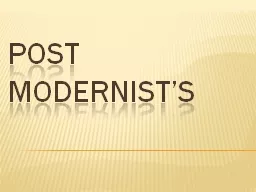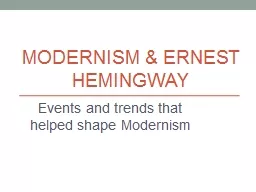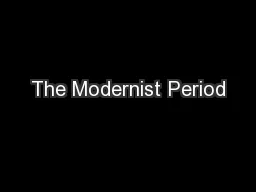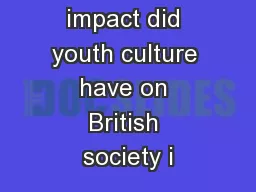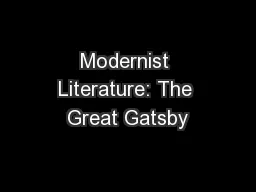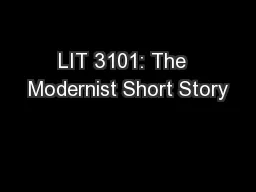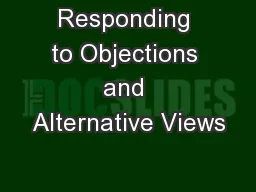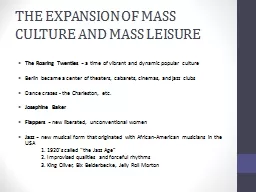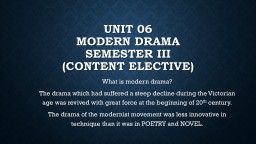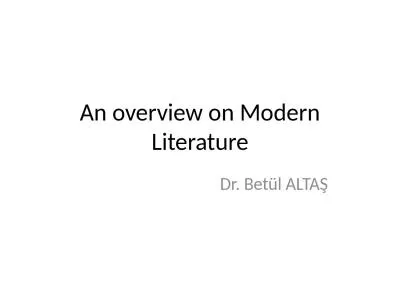PPT-Post Modern Youth A look a post-modernist perspective and its views on youth sub-culture
Author : min-jolicoeur | Published Date : 2018-11-06
Starter Question How is contemporary youth culture different today from cultures in the 50s 60s and 70s Theoretical recap Structural theories are Macro they consider
Presentation Embed Code
Download Presentation
Download Presentation The PPT/PDF document "Post Modern Youth A look a post-modernis..." is the property of its rightful owner. Permission is granted to download and print the materials on this website for personal, non-commercial use only, and to display it on your personal computer provided you do not modify the materials and that you retain all copyright notices contained in the materials. By downloading content from our website, you accept the terms of this agreement.
Post Modern Youth A look a post-modernist perspective and its views on youth sub-culture: Transcript
Download Rules Of Document
"Post Modern Youth A look a post-modernist perspective and its views on youth sub-culture"The content belongs to its owner. You may download and print it for personal use, without modification, and keep all copyright notices. By downloading, you agree to these terms.
Related Documents

